Peru is globally recognized for its rich and diverse gastronomy, highlighting the quality of its products; this allows the creation of unique dishes and drinks that reflect its culture. Below, we present some of these preparations, such as:
In Peru, there is a wide variety of typical non-alcoholic drinks suitable for all ages; these drinks are popular and accessible to everyone. Below, we highlight some of them.
Chicha Morada is a traditional Andean drink made with purple corn, quince, pineapple peel, cinnamon, cloves, chopped fruits, and sugar to taste; it is a refreshing drink consumed cold, and its unique flavor makes it a popular choice throughout Peru.
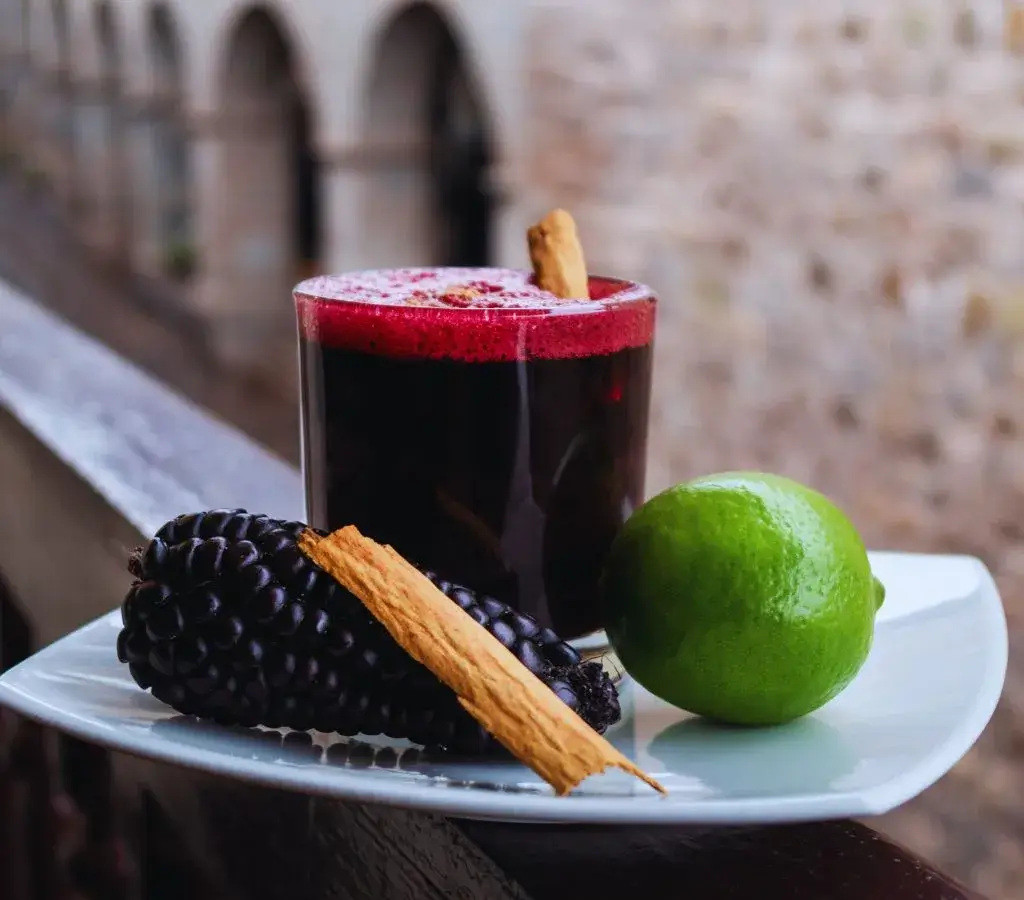
Cremolada is a refreshing drink that mixes crushed ice with natural fruit juices; perfect for combating heat, especially on sunny days. Its flavor and freshness make it a popular choice during the summer.

Infusions are drinks prepared with herbs or fruits, where water is boiled, and the chosen ingredient is added and left to rest. This type of drink includes both tea and coffee, which are common options in daily life. Their simple preparation and variety of flavors make them a popular choice at any time of the day.
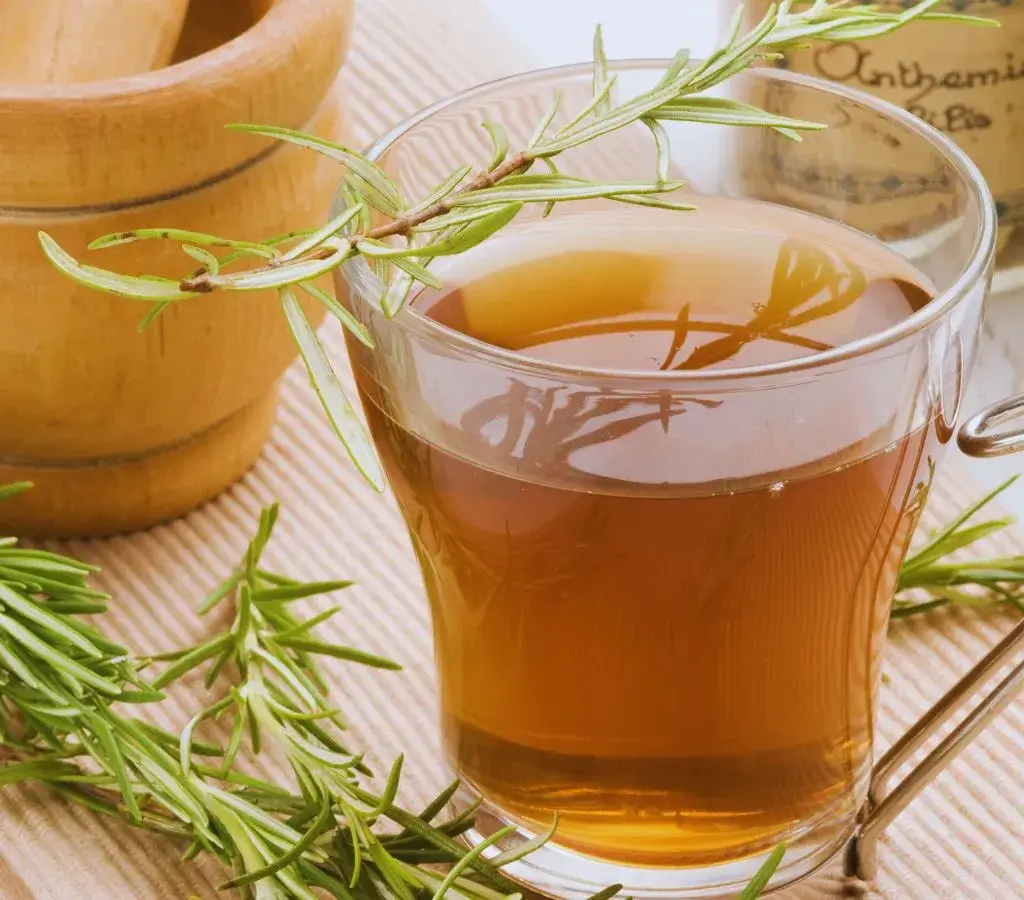
Emoliente is a traditional Peruvian drink originating from the colonial era, with medicinal properties such as preventing constipation, reducing cholesterol, and having diuretic and anti-inflammatory effects. It is made with ingredients like horsetail, barley, pineapple, flaxseed, lemon, and water, which are boiled together.
This drink can be consumed both cold and hot, and is highly valued for its health benefits.

The diversity of Peru allows you to enjoy drinks made with natural and delicious ingredients. With a wide variety of fruits available, it is possible to prepare fresh and healthy juices and refreshments. Below, we mention some of the most popular options:
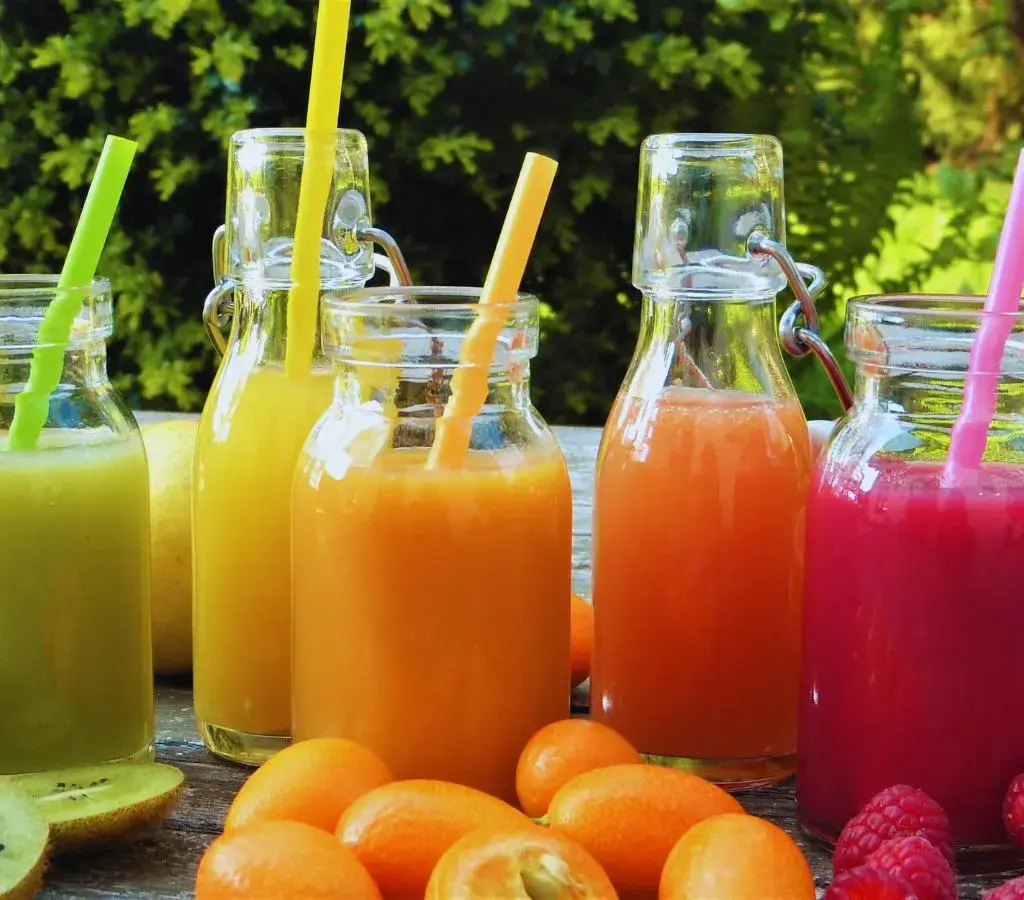
Among the wide variety of Peruvian drinks, some include alcohol in their preparation. These drinks, in addition to being part of the gastronomy, are recommended for their medicinal benefits and are often paired with traditional dishes.
They are popular both in celebrations and daily life.
The Pisco Sour is an alcoholic drink made with pisco, a grape distillate, gum syrup, lemon, egg whites, and ice.
This cocktail is a common companion to traditional dishes in Peru, and its distinctive flavor has made it one of the country's most iconic drinks.
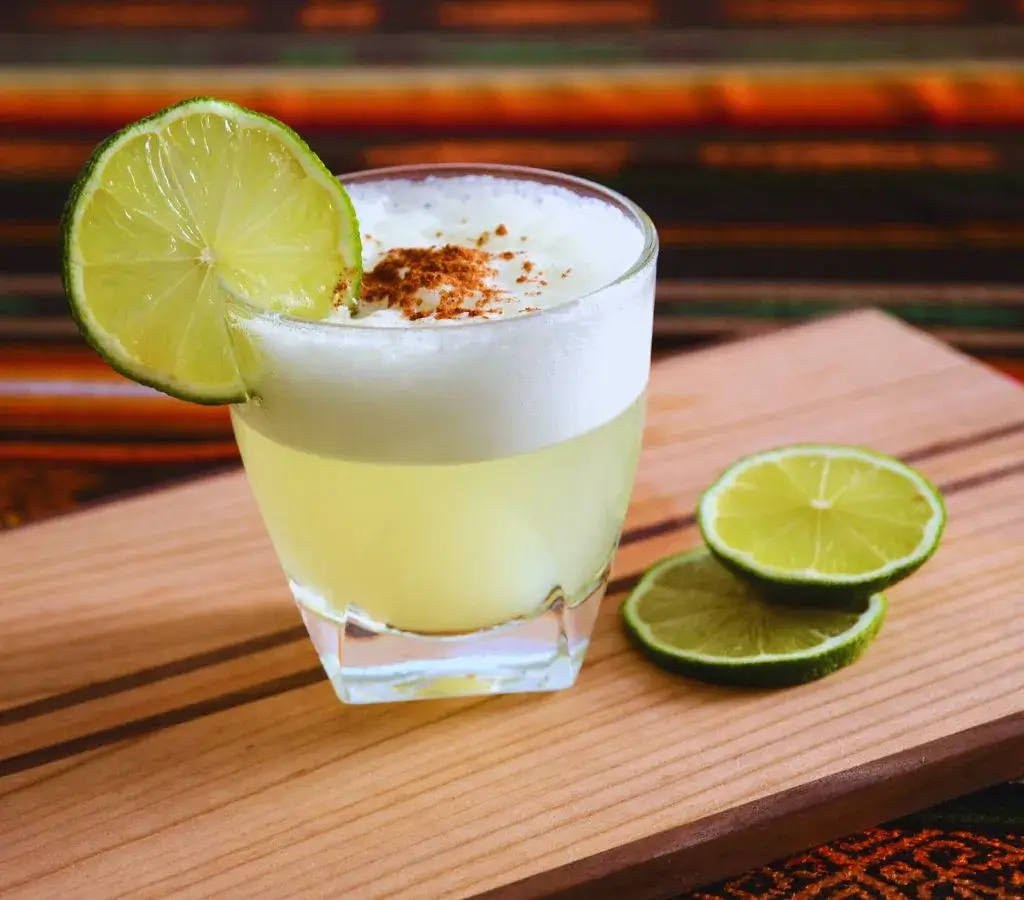
The Chilcano is a refreshing drink made with pisco, lemon, Ginger Ale, and ice. It can be sweetened with gum syrup if a sweeter flavor is desired, and its simple preparation makes it a popular choice for many.
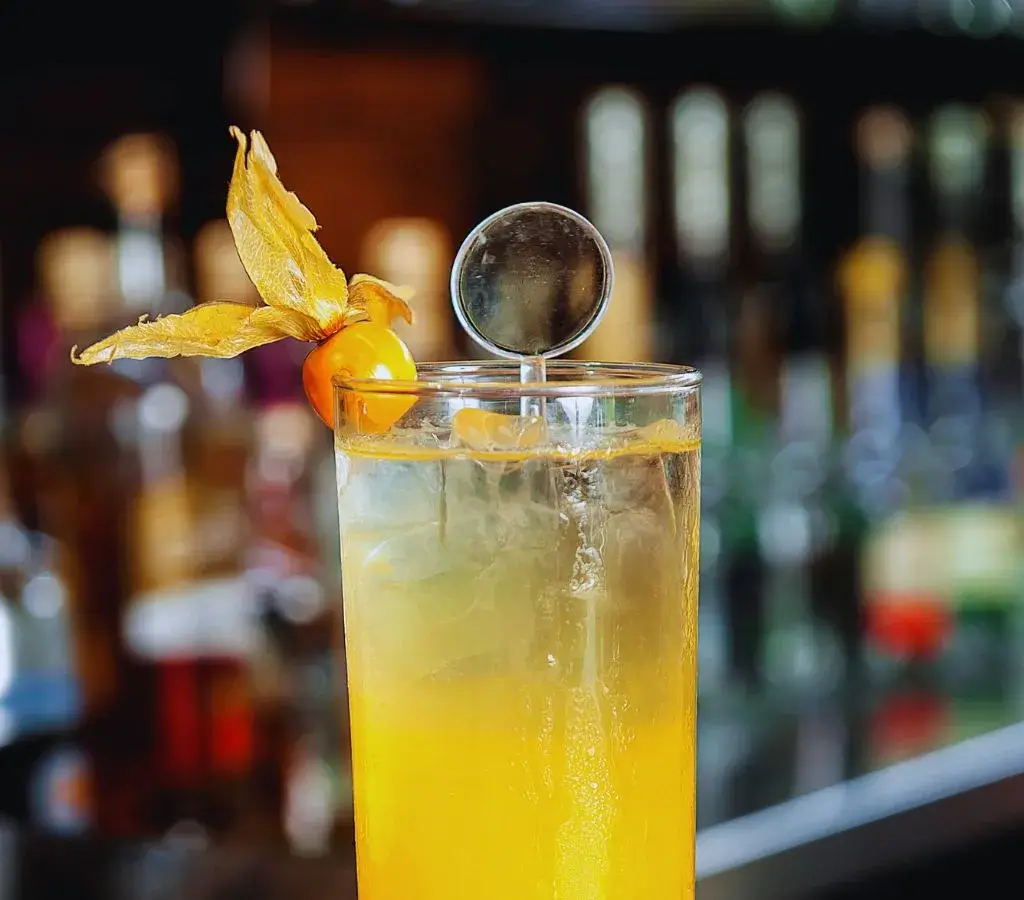
Chicha de Jora is a traditional Peruvian drink made with jora corn. For its preparation, the corn is boiled and then left to ferment in clay containers for several days.
The alcohol content varies depending on the fermentation time, making its flavor and strength change.
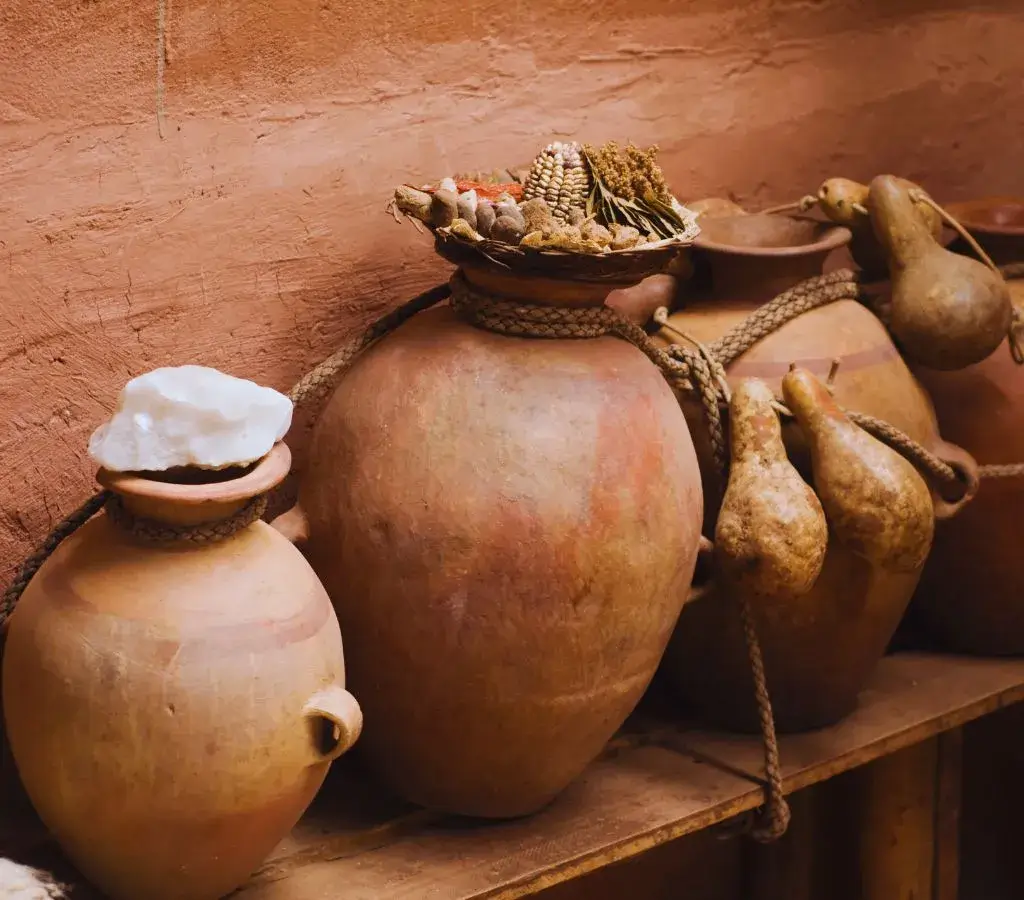
Masato is a traditional drink from the Peruvian jungle, made from fermented cassava. The process includes boiling the cassava.
In some communities, it is chewed to assist the fermentation; therefore, its origin is ancestral, and it was once offered as part of rituals and offerings. This drink continues to be a cultural symbol in many regions of the country.
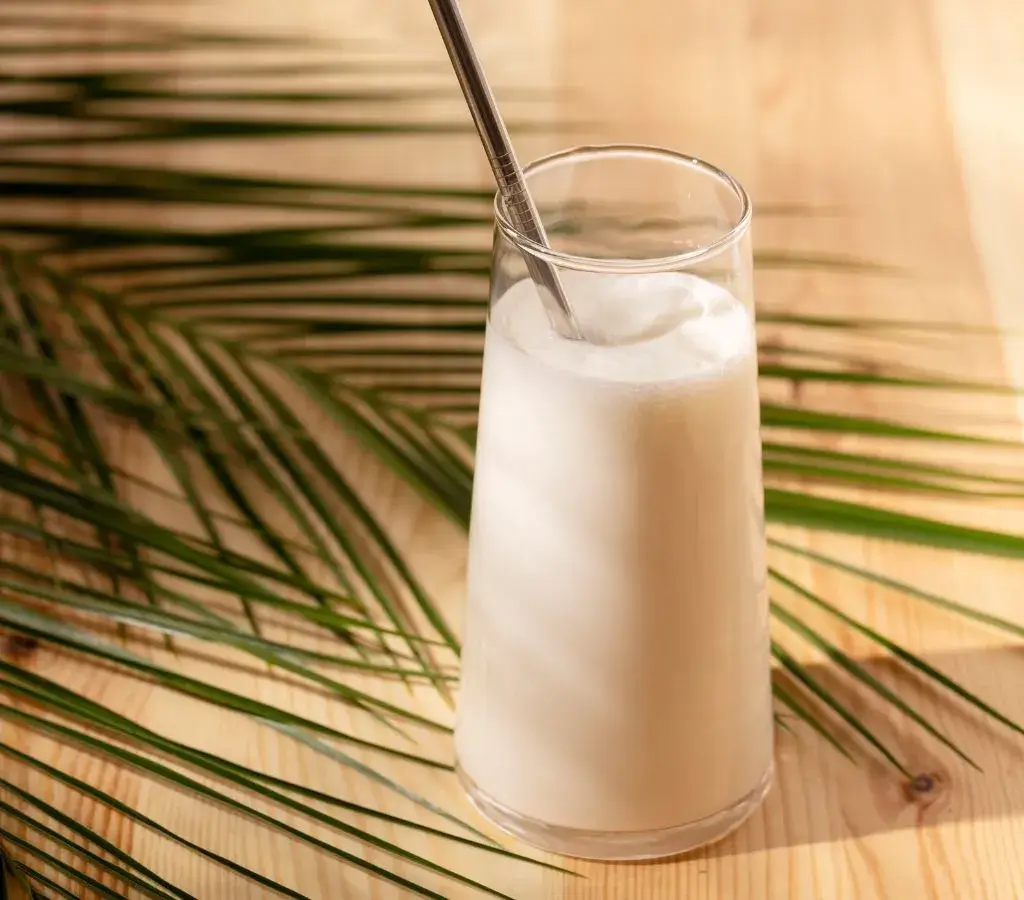
Exotic drinks are an important part of Peru's rich gastronomic tradition; many of them, like masato or Rompe Calzón, are made with natural ingredients from the Amazon.
In the Peruvian Amazon, various exotic and aphrodisiac drinks can be found, many of which possess medicinal properties. Some of these properties are scientifically proven, while others are based on the beliefs and traditions of the local inhabitants.
These drinks are an important part of the region's culture and traditional medicine.
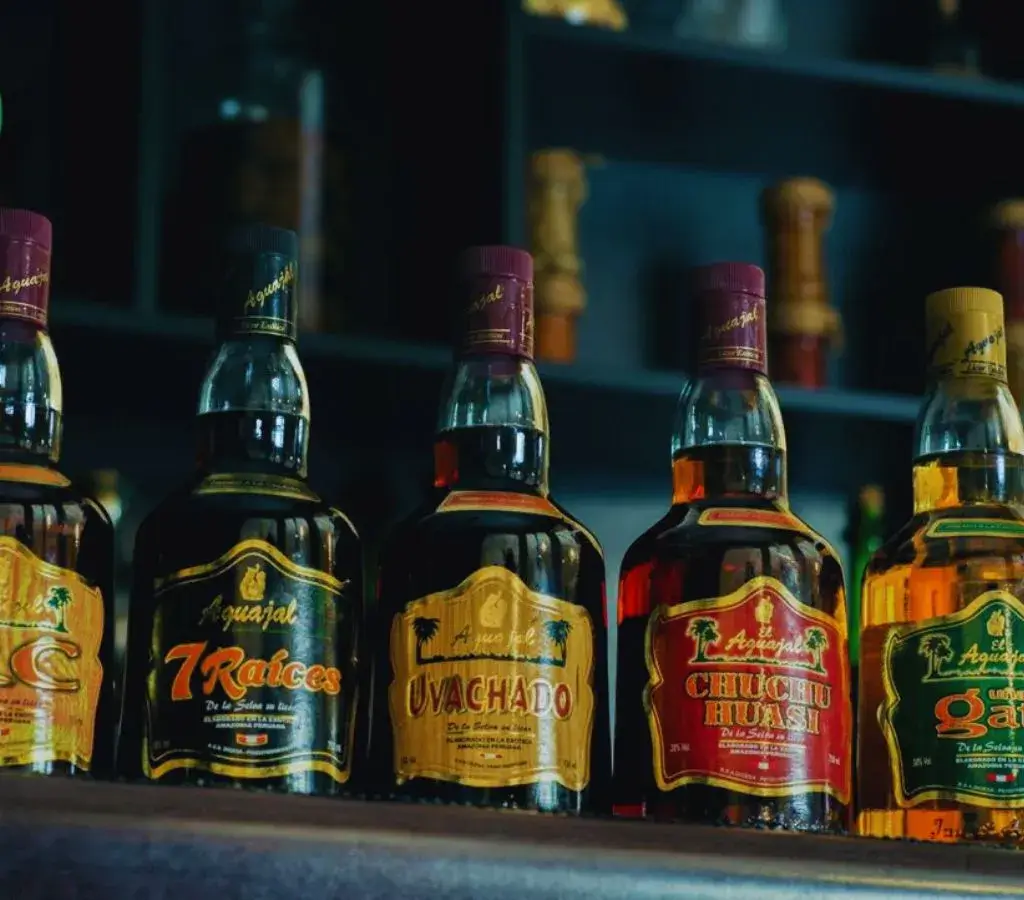
Rompe Calzón is an aphrodisiac drink prepared with barks and plants such as cat's claw, chuchuhuasi, and sanango, mixed with firewater; this combination is left to rest for a week before being consumed.
It is believed to help increase libido and improve sexual performance, hence its peculiar name.
The Levántate Lázaro drink is known for its biblical name and ingredients like chuchuhuasha bark, sanango, chicosa, caspi iron, and achuni bone (an Amazonian animal), mixed with firewater and honey; it is believed to have the ability to increase male libido, and some claim that a few sips are enough to feel its effect.
Chuchuhuasi is an alcoholic drink made from the bark of the Chuchuhuasi tree. This drink has properties that stimulate blood circulation and are useful for relieving muscle pain, stomach issues, bronchitis, and fever.
It is known for both its medicinal effects and its high alcohol content.
The 7 Raíces is a popular drink made from seven barks and roots: Chuchuhuasi, cat's claw, murare, icoja, caspi iron, cumaceba, and sangre de grado, which are macerated with firewater and honey. It is attributed with medicinal properties, especially for combating the flu.
This mixture is known for its health benefits and high demand.
This drink comes from the Tarapoto and San Martín regions and is made with Burgundy grapes from the Amazon. Its preparation involves macerating the grapes for months with sugarcane firewater, and honey is added to sweeten it. It is a traditional drink from the area, appreciated for its flavor and artisanal process.
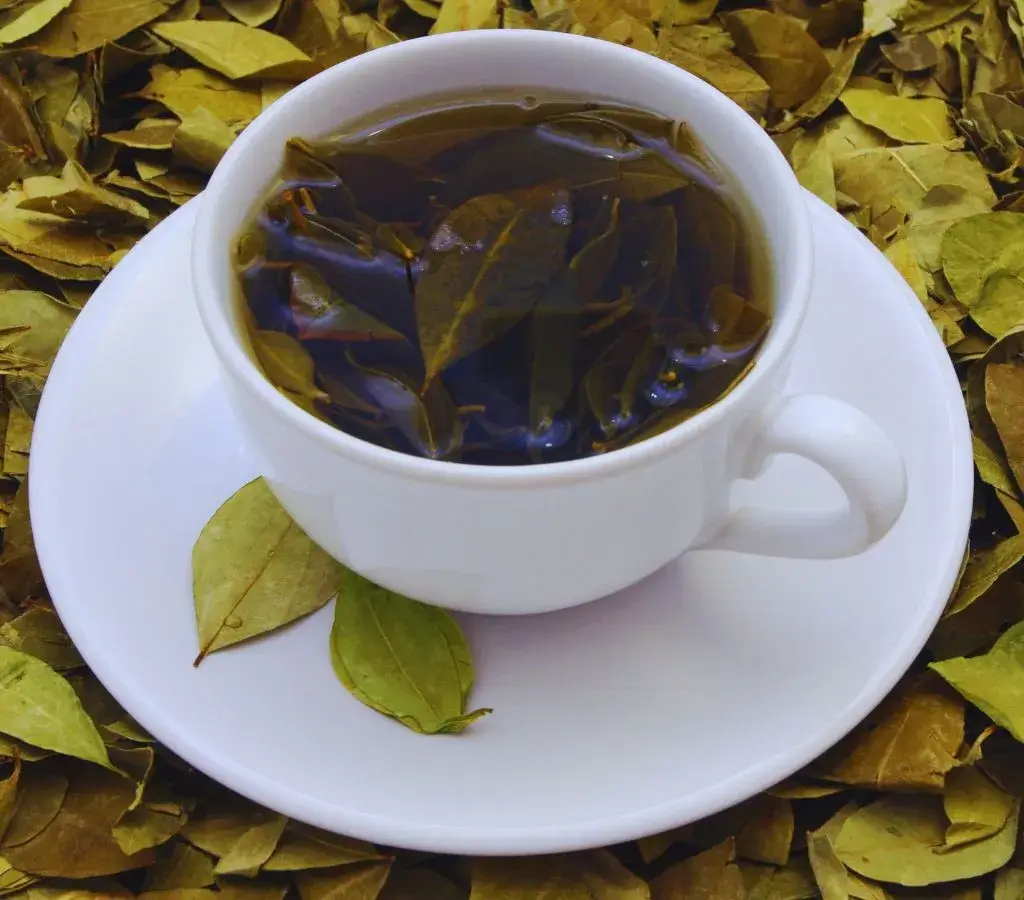
Coca tea is an infusion of coca leaves, a plant native to the Andes that grows at intermediate altitudes. It has benefits for combating altitude sickness, and its nutritional values vary depending on the type of coca leaf consumed. It possesses analgesic, antioxidant, and digestive properties, among others.
Enjoy Peru's delicious drinks, don't extend your trip any longer, and contact us. At Illapa Culturas, we will help you discover its culture, gastronomy, and traditions.


